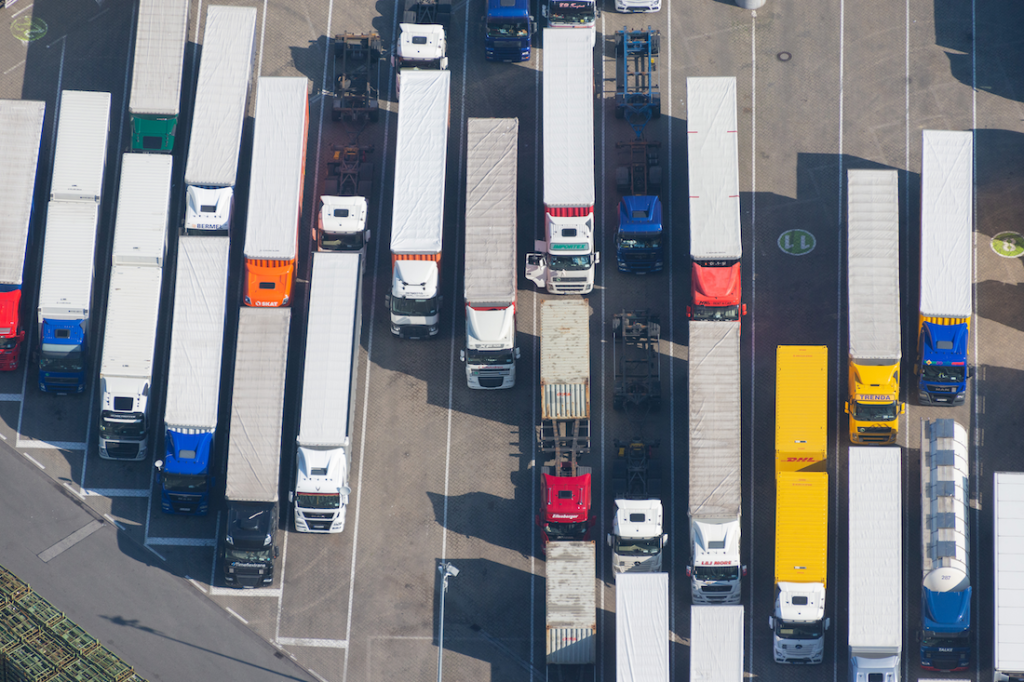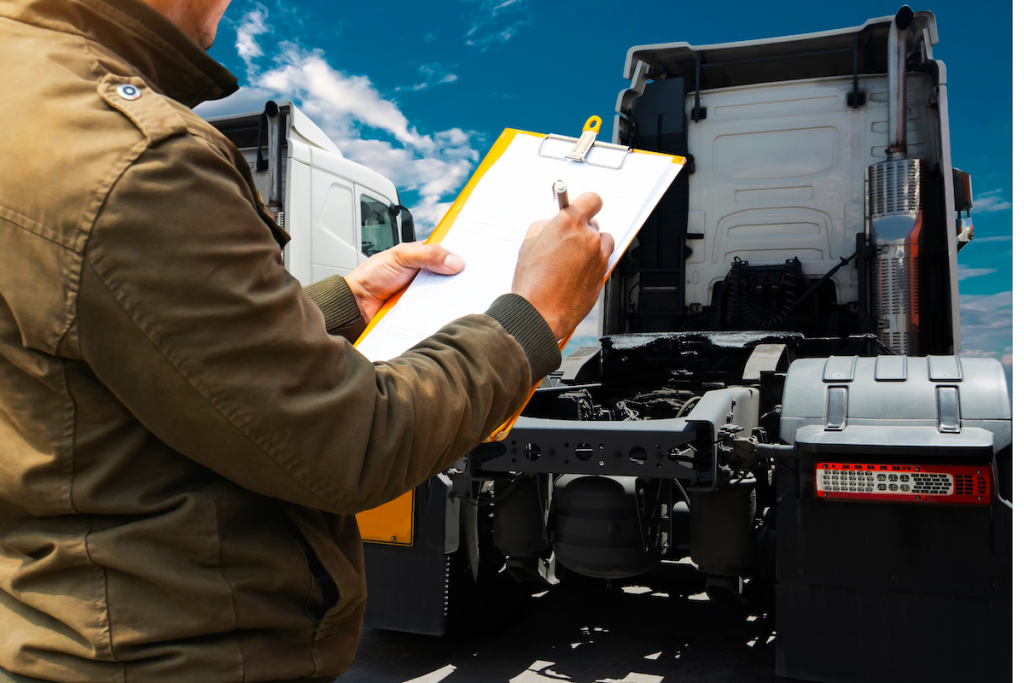
The logistics industry is on the cusp of a transformative era. With 80% of companies exploring automated transportation technology to enhance operational efficiency, self-driving trucks are emerging as a pivotal innovation. These advanced vehicles offer a potential strategic solution poised to reshape supply chains across the globe.
The Evolution of Self Driving Trucks
The journey towards autonomous trucking began with early driver assistance systems that laid the groundwork for today’s sophisticated vehicles. Initially focused on improving basic safety measures, these systems evolved to incorporate advanced features such as adaptive cruise control and lane-keeping assistance. Over time, these incremental advancements have culminated in the development of fully autonomous trucks capable of navigating complex logistics environments.
Key Technological Milestones
Several breakthroughs have propelled the evolution of self-driving trucks:
- Sensors: The integration of high-resolution cameras, LIDAR, and radar systems has significantly enhanced the perception capabilities of autonomous vehicles.
- Artificial Intelligence: Advanced AI algorithms enable real-time decision-making and route optimization, ensuring safer and more efficient operations.
- Connectivity: Improved network connectivity and IoT integration have allowed for better communication between vehicles and fleet management systems, creating a seamless logistics ecosystem.
Benefits of Self Driving Trucks for Logistics
Enhanced Safety and Efficiency
One of the most compelling advantages of self-driving trucks is their potential to reduce human error—a leading cause of accidents. By relying on advanced sensors and AI, these vehicles can operate continuously, drastically increasing uptime and ensuring more consistent delivery schedules.
Cost Reduction & Improved Fleet Management
Autonomous trucks bring substantial economic benefits:
- Fuel Savings: Optimized driving patterns and route management contribute to significant reductions in fuel consumption.
- Maintenance Costs: Predictive analytics and real-time monitoring allow for proactive maintenance, minimizing unexpected downtime.
- Fleet Management: Streamlined fleet management systems enable companies to better monitor vehicle performance and make data-driven decisions, leading to improved operational efficiency.
Supply Chain Impact
Beyond safety and cost savings, self-driving trucks have the potential to revolutionize supply chains. From automated loading docks to last-mile delivery solutions, these vehicles offer a comprehensive approach to logistics. The integration of autonomous trucks can lead to faster transit times, reduced bottlenecks, and a more resilient supply chain overall.
Navigating Regulatory Challenges and Safety Considerations
Current Regulatory Landscape
The regulatory framework for autonomous vehicles is continually evolving. Today’s self-driving trucks operate under a number of state and national regulations, which vary in terms of safety requirements and operational guidelines. Staying compliant requires a deep understanding and proactive engagement of these regulations.
Safety Standards and Industry Compliance
Safety remains at the forefront of autonomous vehicle development. Industry standards are continually updated to reflect the latest technological advancements, ensuring that self-driving trucks meet rigorous safety protocols. These protocols are designed not only to protect the vehicles’ passengers but also to safeguard other road users.
Future Policy Directions
Looking ahead, regulatory changes are anticipated as autonomous technology matures. Potential developments include standardized safety testing, uniform operational guidelines, and clearer liability frameworks. These changes will be crucial in paving the way for broader adoption of self-driving trucks across the logistics industry

Overcoming Adoption Obstacles: Strategies and Best Practices
Integration into Existing Fleets
Transitioning from traditional fleets to autonomous vehicles can be challenging. Companies should consider a phased approach, integrating self-driving trucks gradually while maintaining their existing operations. This strategy allows for a smoother transition and minimizes operational disruptions.
Technological and Operational Readiness
Successful integration requires comprehensive preparation:
- Training: Employees need to be well-versed in the operation and maintenance of autonomous systems.
- Infrastructure Updates: Investments in supportive infrastructure, such as enhanced data analytics platforms, are essential.
- Data Analytics: Robust data analytics can provide insights into performance metrics, ensuring that operational adjustments are both timely and effective.
The Future of Autonomous Trucks in the Logistics Landscape
Emerging Trends and Innovations
The evolution of self-driving trucks is far from over. Future advancements may include even more sophisticated AI, enhanced vehicle-to-vehicle communication, and integration with smart infrastructure systems.
Market Opportunities and Challenges
While the potential for advancements in the logistics market is immense, there are certainly challenges. Companies must navigate complex regulatory environments and manage high upfront investments. Nevertheless, the promise of improved efficiency and cost savings presents significant market opportunities for early adopters.
Self-driving trucks mark a revolutionary shift in the logistics landscape. From enhanced safety and cost reductions to transformative impacts on supply chain efficiency, the benefits are clear. As regulatory frameworks evolve and technological advancements continue, companies that embrace this change will be well-positioned to lead the industry into a new era of automation.
For more insights and detailed discussions, please visit our additional resources or contact us directly. Let’s navigate the road to innovation together.

